160 years after its founding, the French maison is still one of the most sought-after names in the jewelry world.
Frédéric Boucheron’s passion for precious stones and fine jewelry became the cornerstone of a business that celebrated its 160th anniversary this year.
Born in 1831, Boucheron apprenticed at jeweler Jules Chaise when he was 14 years old, later furthering his education at the jeweler Tixier-Deschamps. In 1858, he opened his boutique in Galerie de Valois in the Palais Royal. By 1893, he had moved to 26 Place Vendôme, the first jeweler in the area.
For over four decades, he led his eponymous firm in creating innovative jewelry that attracted a celebrated clientele, ranging from royalty to high society and even the demimonde. On his death in 1902, his son Louis built on the firm’s success with his own distinctive work, including artistic Art Deco pieces.
The use of fine gemstones and quality workmanship distinguished the firm’s designs. Hallmarks included engraved diamonds, intricate goldwork and, long before other firms, plique-à-jour enameling. Pieces featured traditional stones — diamonds, rubies, emeralds and sapphire — as well as more unusual choices, such as coral, onyx and lapis lazuli, for an imaginative take on the styles of the day.
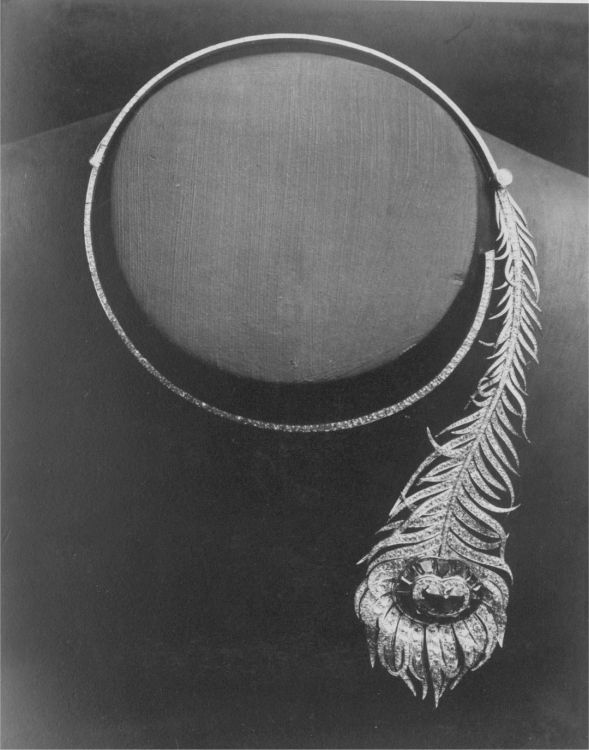
Prize-winning designs
“Since its founding in 1858, Boucheron has been known for its innovative designs and impeccable craftsmanship,” explains Kaitlin Shinnick, senior specialist at auction house Skinner’s fine jewelry department. “Collectors who view jewelry as wearable art are always drawn to Boucheron pieces.”
Boucheron showed off its designs at World Fairs and exhibitions. A necklace with a center blue sapphire of 159 carats helped the firm win a Grand Prix in the World’s Fair of 1878. A gold-medal-winning exhibit at the 1889 fair included the Point d’Interrogation (Question Mark) necklace, an asymmetrical design without a clasp, that wound around the wearer’s neck. At the Paris Exposition Universale of 1900, Boucheron won a gold medal for its Art Nouveau jewelry.
“Along with the classic styles and everyday pieces of amazing quality that the upper-class customer would want, Boucheron was also cutting-edge, producing pieces in all the aesthetic movements,” says Jeff Russak, owner of Lawrence Jeffrey Estate Jewelers in Litchfield, Connecticut. “Its longevity is due to an understanding and recognition of new fashions in jewelry, without placing style over substance.”
‘A wide audience of buyers’
“Anything Boucheron and period is valuable and of interest,” continues Russak. “A good plique-à-jour bracelet is very desirable. If I have the opportunity to buy period Boucheron, I do. There’s always a buyer for it.”
Some of Boucheron’s late 19th-century jewels were standouts, says Carol Elkins, Sotheby’s senior vice president for jewelry, pointing out an “exquisite engraved diamond-winged butterfly brooch, circa 1894, formerly from the collection of Ganna Walska, the Polish-born opera singer, that sold at the auction house. The diamond wings set en tremblant represent the achievement of Boucheron’s diamond lapidary C. Bordinckx to engrave diamonds. The brooch also features an important cushion-shaped Burma ruby mounted at the center.”
Other pieces that do well at auction, she adds, “include early 20th-century designs by Boucheron artisan Lucien Hirtz, from gem-set animal jewels to the exquisite and colorful Art Deco carved colored-stone jewels created for the 1925 Paris Exhibition. Striking examples of Boucheron’s gold and diamond jewels of the 1940s always find a wide audience of buyers.”
Shinnick says older Boucheron pieces are most popular at Skinner auctions, “especially Art Deco. Boucheron embraced the modernist spirit of the 1920s in a distinctly bold aesthetic that continues to resonate with jewelry collectors.”
ISN’T IT ICONIC?
Experts name standout pieces Boucheron has created.
Jeff Russak of Lawrence Jeffrey Estate Jewelers points to an Art Deco diamond and platinum pendant-brooch necklace, circa 1920s. “Its beautiful bright white color is stunning. In an understated way, Boucheron is one of the most important jewelers historically. They made it all, from incredible creations to amazing everyday pieces.”

Kaitlin Shinnick’s choice is an Art Deco gem-set devant de corsage. “This is one of my favorite pieces sold at Skinner. It was designed by Lucien Hirtz…for the 1925 Paris Exposition des Arts Decoratifs. It is a striking polychromatic piece that uses coral, lapis, jade, onyx and diamonds in a geometric scheme that epitomizes the best of Art Deco design.”
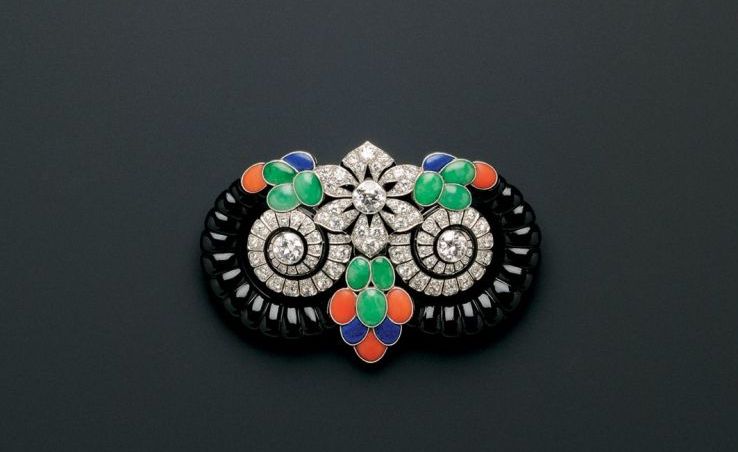
Sotheby’s Carol Elkins cites a gold, ivory, malachite and purpurine cuff of African inspiration that Boucheron exhibited at the Exposition Coloniale in Paris in 1931. “African culture and tribal artworks were major influences on design of the 1930s. The cuff is unique when compared with jewels of the period by other makers, and it is exceedingly rare.”
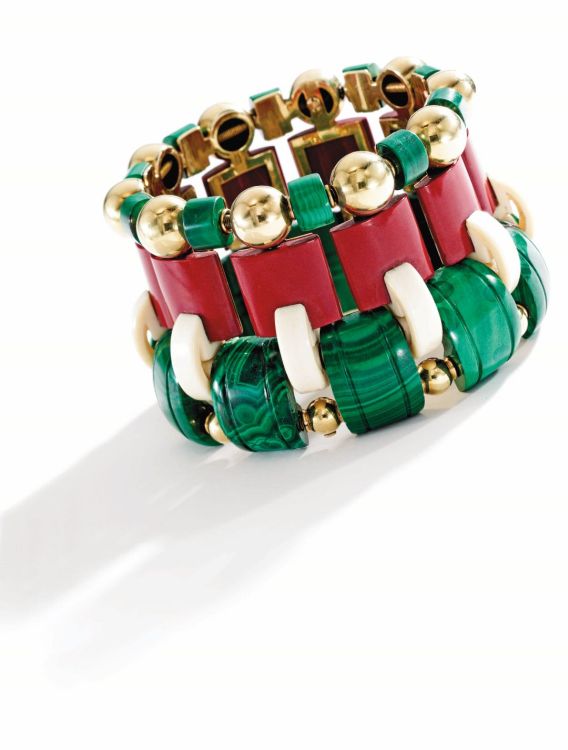
Main photo: Boucheron’s Place Vendôme boutique, decked out for the arrival of England’s King George V and Queen Mary in 1914.


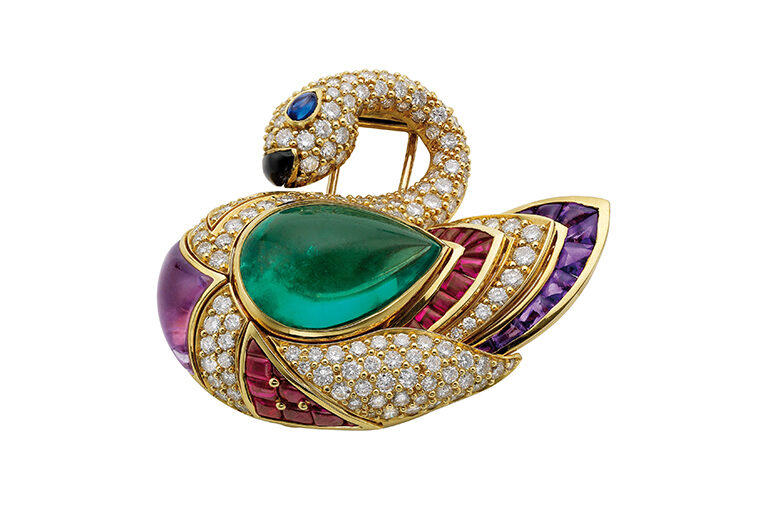
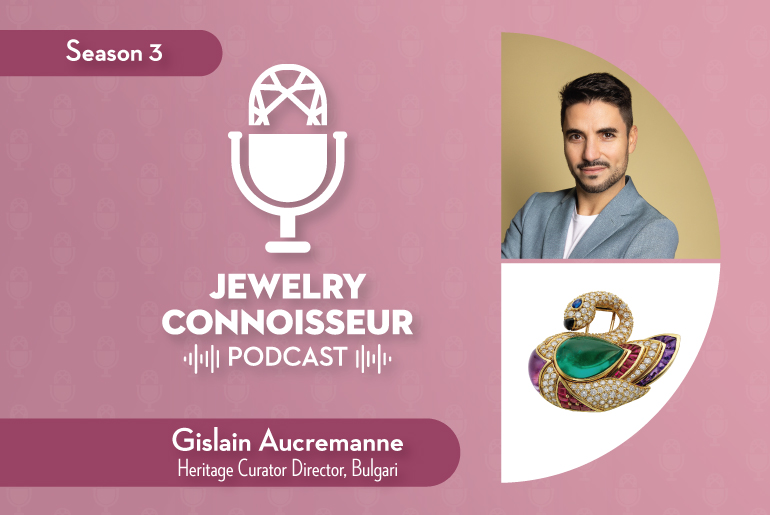
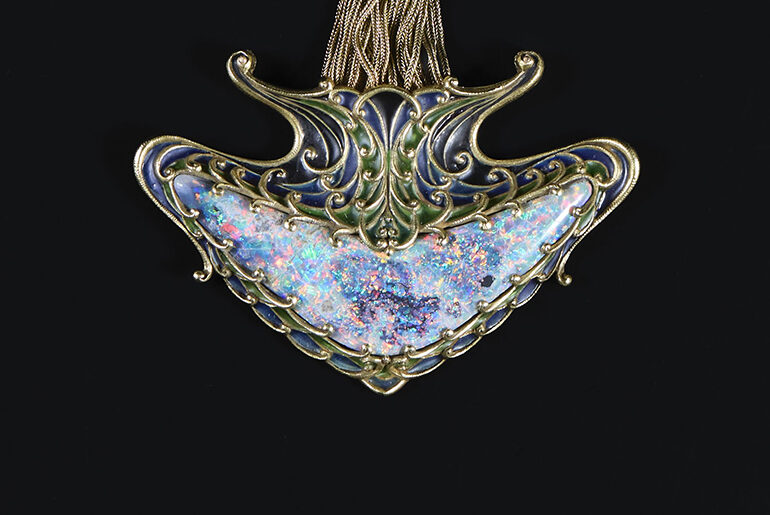
Comments are closed.